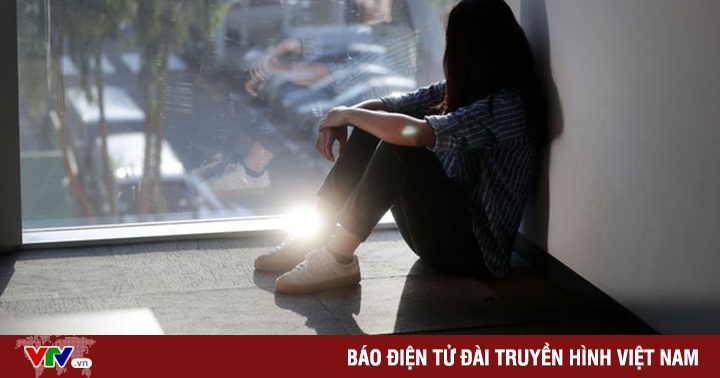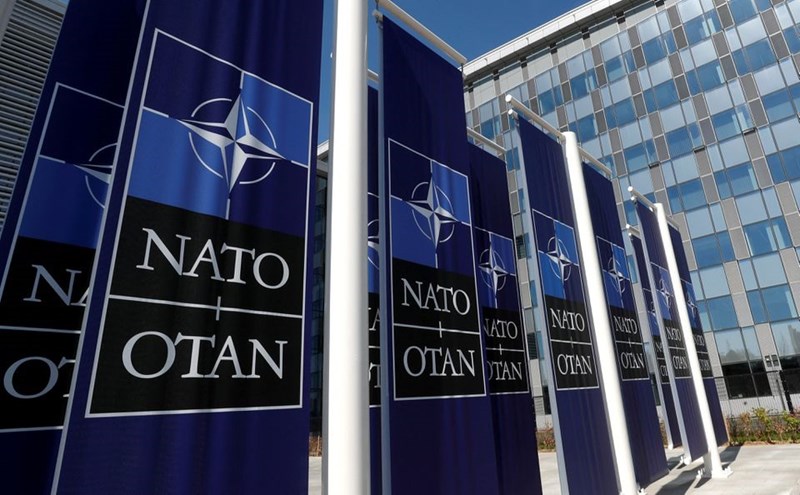The fighting between Russia and Ukraine broke out exactly a month ago and has continued to drag on, as the two sides have reached a stalemate on the battlefield and the negotiating table.
On February 24, Russian President Vladimir Putin ordered a special military operation “to disarm and eliminate Ukrainian fascists”, after months of mass concentration of military forces on the borders of neighboring countries. The operation began with a series of air strikes on major Ukrainian cities, paving the way for Russian troops to cross the border from multiple directions.
To the east, Russian infantry and armor units entered the Donbass region, where pro-Moscow separatists are located. To the south, Russian units from the Crimean peninsula approached the city of Kherson and a series of small towns around it. In the north, Russian troops from Belarusian territory marched towards the Ukrainian capital, Kiev.
Russia’s initial strategy seemed to be “fast forward, win fast”, landing troops to occupy the most important targets, relying on superior military power to defeat the Ukrainian army and establish a new government. , according to Danil Bochkov, a member of the Russian Council for International Affairs.

Ukrainian troops inspect a commercial center destroyed by airstrikes in the capital Kiev on March 21. Photo: AP
However, to the best of military experts’ estimates, Russia has yet to achieve its initial goal of rapidly controlling strategic targets in Ukraine, despite its superior numbers and modern weapons.
Russia’s military advances were most profitable on Ukraine’s southern coast, when they captured the large city of Kherson and a number of smaller targets such as Melitopol. In the remaining key points such as the cities of Kharkov, Mariupol and the capital Kiev, the Russian troops seemed to be surprised by the resistance of the Ukrainian army, which was equipped with various types of anti-tank weapons by the West. -Fire anti-aircraft fire.
The ability of the Ukrainian army to resist slowed the momentum of the Russian troops. The deeper into Ukrainian territory, the more logistical challenges the Russian units faced, causing their 64km military convoy on the outskirts of Kiev to be delayed for several days, eventually dissolving into smaller formations hiding in the jungle.
As the battle entered its fourth week, experts judged that the battlefield situation had reached a stalemate, when the forces between the two sides were fighting on important targets and were unable to organize a major attack to inflict heavy damage on the enemy.
The Russian army also gradually adapted its tactics to adapt to new combat conditions, moving from rapid advances to the organization of siege. The port city of Mariupol in Ukraine’s southeast has been under siege for weeks, raising particular concern in the international community about the humanitarian crisis with some 400,000 people still trapped there.
Russia’s Defense Ministry insists it only targets Ukrainian military targets, not civilian infrastructure and civilians, while Kiev regularly accuses Russian forces of shooting and bombing civilian targets.
Moscow denies these allegations, criticizing Ukrainian nationalist forces for using civilians as “life shields” by placing guns and guns in residential areas. Russia also claims that “neo-fascist” forces in Ukraine launched attacks on civilian targets in Mariupol.
In an interview with VnExpresspolitical scientist Timofey Bordacheva professor at the Faculty of World Economics and International Relations at the Higher School of Economics – Russian National Research University (HSE), said that the military campaign had progressed more slowly than expected because Moscow wanted it to. Limit civilian casualties.
Bordachev stressed that Russia is well aware of the consequences of armed conflict on civilian life and does not carry out military operations that could cause many unwanted casualties.

Russian tanks on the outskirts of the city of Mariupol on March 11. Photo: AP.
The number of civilian casualties in Ukraine is still being counted. Ukrainian President Volodymyr Zelensky said on March 23 that thousands of Ukrainians had been killed, including at least 121 children.
The United Nations High Commissioner for Human Rights (OHCHR) on the same day estimated that more than 1,500 people were injured and 977 civilians killed in Ukraine, including at least 81 children. OHCHR believes that the actual number will be higher than the published figure, as the hostile situation prevents access to accurate information.
Since the outbreak of the armed conflict, more than 3.6 million people have been evacuated from Ukraine and more than 6.5 million have been displaced from their homes, the United Nations says.
Not only deadlock on the battlefield, the Ukraine crisis so far has not found a way out at the negotiating table. Moscow and Kiev have opened four official rounds of negotiations, including face-to-face meetings in Belarus and online exchanges, but have yet to reach any political agreement.
Russia emphatically demands that Ukraine declare its neutrality, give up its ambition to join NATO, recognize Russian sovereignty in Crimea and recognize the independence of the two breakaway territories in the Donbass. Moscow has also continued to pursue the Ukrainian government’s “de-militarization and de-fascist” goals.
Meanwhile, Kiev put forward conditions for a peace treaty that Russia must stop all military activities on Ukrainian territory and withdraw all troops from the country. President Zelensky last week said that Ukraine was ready to consider the possibility of not joining NATO or becoming a neutral country, but that the parties needed to provide long-term security guarantees for their country. However, he said he would not accept “territorial concessions” to Russia.
According to Ukrainian analysts Andrey Buzarovthe two sides have too many different political positions to negotiate to reach an outcome that is essentially a ceasefire or peace treaty.
After upbeat statements over the weekend from Moscow and Kiev about a possible breakthrough in negotiations, bilateral diplomatic efforts have continued to stall this week, as both sides warned that more weeks were needed for negotiations. agreement.
A rare positive outcome of such dialogue efforts is a commitment to open humanitarian corridors at several hotspots to evacuate civilians, helping tens of thousands of people leave conflict zones.

Ukrainian militia and medical staff in the city of Mariupol evacuate a pregnant woman who was injured after a maternity hospital and children in the city were hit by a bomb on March 9. Photo: AP
The Ukrainian crisis in the past month had a strong impact on the world situation. The International Monetary Fund (IMF) announced that it will need to re-evaluate its forecast for world economic growth this year, with the risk that the new data will be lower than its initial estimate of 4.4%.
The West has also started the process of reducing dependence on Russian energy sources, after imposing a series of economic and financial sanctions on the country. The crisis, combined with the US ban on Russian oil, has pushed world gasoline prices to record highs.
Europe is entering a new geopolitical reality with security concerns not seen since the Cold War. Germany decided to increase its defense budget and invest more in the military, after long keeping military spending low.
NATO Secretary General Jens Stoltenberg confirmed that the military alliance will double its strength on the eastern bank, deploying four more combat groups in Bulgaria, Romania, Slovakia and Hungary. European Union (EU) members also support increased investment in defense capacity to ensure security for blocs outside NATO.
“After a month of fighting, no one can predict how the war in Ukraine will end,” commentator John Psaropoulos of Al Jazeera recognize. “Sanctions from the West and Ukrainian resistance have so far not been enough to cause Russia to change its stance or set goals, while deep polarization in the international arena makes it difficult for institutions like the United Nations to find a common agreement. voice and defuse conflict.”

The appearance of the Ukrainian battlefield after a month of fighting. graphic: New York time.
Trung Nhan (Based on Al Jazeera, Guardian, AP)
at Blogtuan.info – Source: vnexpress.net – Read the original article here


